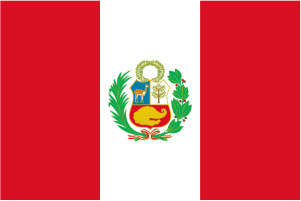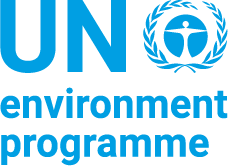
Peatlands, as an important carbon sink, store a large amount of atmospheric carbon that is vulnerable to becoming a carbon emission source due to the disturbance of the peat layer by natural and anthropogenic processes. The Kuan Kreng peat swamp forest is the second largest peatland in Thailand and is in coastal wetland serving for carbon stock in the subsurface. To assess carbon stock in peatland, the thickness and distribution of the peat layer are necessary. This study determines physical and chemical characteristics of the peatlands in the coastal wetland, southern Thailand by conventional core study and geophysical surveys, including ground penetrating radar (GPR) and electrical resistivity imaging (ERI). There is a significant relationship between chemical and physical properties from the peat layer, which is useful to approximately predict the physical properties and peat layers in the geophysical profiles. The resistivity profiles exhibit high resistivity response, peat between 21.9 and 145.0 ohm-m, interpreted as the peat layers in the shallow subsurface. The high resolution GPR profiles provide an average GPR velocity in peat of 0.040 m/ns and a relative dielectric constant of 54.9 for the peat layers. The peat layer is characterized by a high amplitude of reflection in the GPR profiles. The thickness of the peat layers was estimated from the geophysical surveys and the drilling cores having an average thickness of 18 cm. Average values of bulk density (0.19 g/cm3) and TOC (31.18 wt. %) from the drilling core samples are used to calculate the carbon density in the peat layers giving a result of 59.24 Kg C/m3. Hence, the carbon stock at the Kuan Kreng peat swamp forest is estimated at least 7.53 megaton carbon, which is much higher than aboveground biomass carbon in this area. The innumerably high amount of carbon stock could raise awareness of peatland disturbances.
Download:
 file
file

- Authors: Phiranram, T., Chenrai, P., Jirapinyakul, A., Rachukarn, N.
- Author Affiliation: Chulalongkorn University
- Subjects: geophysical properties, chemical properties, peatlands, costal areas, wetlands, ground penetration radar, carbon sinks
- Publication type: Journal Article
- Source: Frontiers in Marine Science 11: 1287362
- Year: 2024


















